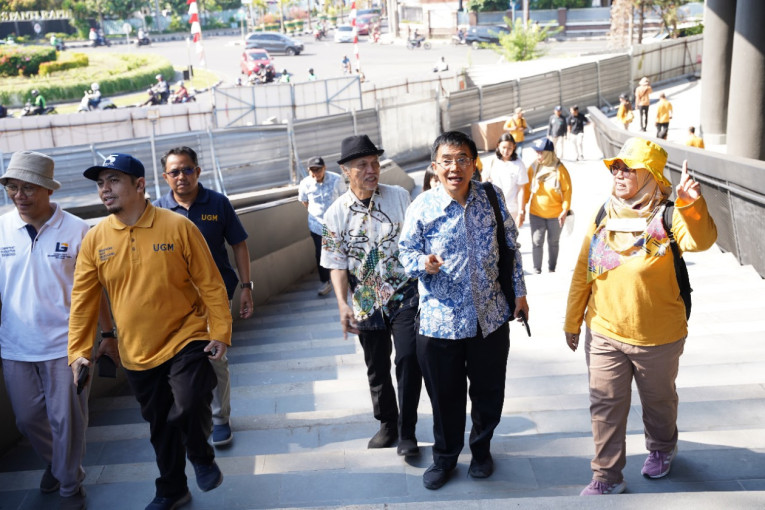
The UGM Innovation and Creativity Hub (GIK UGM) building is expected to become a public space that accommodates UGM’s vision and mission, facilitating students, public communities, and professionals, thereby fostering a critical and open civil society.
This was highlighted during a meeting between members of UGM’s Board of Trustees (MWA) and GIK UGM’s Management Team on Friday, Sept. 13, 2024.
The visit by MWA members to GIK UGM aimed to ensure the operational readiness of the facilities to meet student activity needs.
Some of the members present included Professor Adi Utarini, Professor Tumiran, Professor Irfan Dwidya Prijambada, Dr. Bagus Santoso, Dr. Ahmad Syaify, M Nur Budiyanto, and Dewa Ayu Made Diah Camalini.
During this visit, both parties discussed various aspects related to the operational readiness of the building.
GIK UGM’s management reported that several student activities had already taken place in recent months, and many requests for facility use from various faculties had been received.
Both emphasized the importance of strict and organized procedures concerning space allocation.
GIK UGM’s Chief Program Officer, Garin Nugroho, stated that the visit aimed to gather input from stakeholders to ensure that GIK UGM’s development could continue.
“This visit is very important because MWA also serves as a guide, providing input, and certainly has an influence on GIK UGM in the future,” he explained.
Nugroho added that GIK UGM’s management team had previously held meetings with Student Activity Units (UKM UGM), communities, and business partners to discuss matters concerning its use.
“The purpose of all these meetings is to map out input and provide a space for reciprocal discussions,” he added during the interview.
Nugroho hopes that GIK UGM can become a public space that accommodates UGM’s vision and mission, facilitating students, public communities, and professionals.
“We want GIK UGM to become a public space that produces a critical and open civil society,” he concluded.
Author: Hanif
Editor: Gusti Grehenson
Post-editor: Lintang

